“This mining thing – it’s like someone giving you a plate of food. You eat all the food and then you have to give the plate back,” our taxi driver, Chris, explains earnestly. “It will be a short time of mining, some people will get money and then we will be left with nothing.”
Pondoland is indeed a celebratory buffet of biodiversity. Platters piled high with natural wonders, plants, fish, mammals, geology; a succulent, story-rich history; a strong culture that ensures age-old traditions (and tastes) remain alive.
While we were wandering along the Wildcoast, the mining saga at Xolobeni is re-ignited. Ordinary people we met along the way spoke with passion about their opposition to the plans. It seems astonishing that there is even a debate about mining in this area! Sure, some parts are degraded and overgrazed, but so many ecosystems are intact, and the species richness is exceptionally special.
Vuyani Mbuzwa – well travelled local guide, passionate about protecting these treasures, wandered along the coast with Christeen and me in early May.
The conversation turned to mining right away. Vuyani had advised us not to overnight in Xolobeni despite our wish to see the fledgeling Botanic Garden there. Very wise he was too, as we heard of mining company hit men, roadblocks and angry clashes everywhere we stopped.
Soon after we had set off, we came upon a tethered boat on the banks of the Mzamba, with no oars in sight.
Vuyani called to someone clad in red on the opposite bank and before we knew it a young woman swam across with the paddle. During the crossing, we contemplated the ideals of the organisation Sustaining the Wildcoast emblazoned on Nomawethu’s t-shirt. We also learned, to our surprise, that she is a qualified surf lifesaver.
At Sigidi village our welcome was warm – a basin of water to wash, fresh homemade bread and sweet potatoes harvested nearby. This area is renowned for growing sweet potatoes and we observed traders piling their bakkies with produce all afternoon.
Mrs Mbuthuma proudly told us she had grown most of the food for our supper too – spinach, potatoes, pumpkin all cooked on a wood fire. This is the sort of self-sufficiency that most of us only dream about, and make vague attempts at accomplishing.
We were delighted when she joined us on the ukhukho (reed mat) for a chat. Her daughter Nonhle, is one of the leading activists in the anti-mining struggle and well known across South Africa. Mrs Mbuthuma is no less passionate. “We don’t want this noise, pollution and people invading our land. Our people will fight and chase them away.”
I had my pockets filled with meaty treats, so the lovely family dogs spent some time in our doorway!
In the morning, as we were tucking into breakfast, Mrs Mbuthuma set off to her other job as a caddie on the golf course of the Wildcoast Casino. I always wonder what locals make of our ‘leisure walking’ when they cover long distances on foot as a matter of necessity.
Knowing that Christeen and I were flower enthusiasts, Vuyani had packed Plants of Pondoland in his bag and shared interesting tales of their traditional uses at every opportunity. Heaps of things seem to be useful to entice someone of the opposite sex to notice you! Including Thesium pallidum, Loxostylis alata, Graderia scabra, Muralitia lancifolia . This beautiful Hibiscus trionum is used traditionally to treat worms.
On the banks of the Mpahlana River, we found Hibiscus tiliaceus (uMilolo) – the fibre in the bark is used to make ropes. Incema or Juncus kraussii was growing on the water’s edge. “Incema is terribly important in our culture,” Vuyani told us. “it is used to make mats and baskets – it is like furniture.” At traditional ceremonies around marriage (like ubakethi) where gifts are shared between families, hand made grass mats are always included even though nowadays they are often accompanied by wardrobes and mattresses too! Traditional ceremonies are widely practised and valued, unlike in KZN where “white weddings” are favoured by Zulu people – this practice virtually unheard of in Pondoland. No wonder the opposition to mining their ancestral land is so strong.
So we wander along the wide unspoilt beaches, passing women hurrying to the casino with heir daily quota of crayfish to sell. They need to catch the low tides or else the rivers are impossible to cross. There are great piles of multi-coloured seaweed in one bay, clearly there has been a big storm somewhere. We take masses of photos of the plum, aubergine, orange, lime and deep green ocean vegetation and I wish I knew more about which ones were tasty. Despite being fond of edible sea creatures, it seems that the people of Pondoland don’t eat seaweed either.
We reached our next river, Myameni while the tide was still low and we were able to wade across. There were young boys and their dogs on the banks, fishing with simple rods made of branches and having heaps of fun. What freedom!
One dog obviously had tourists sussed and cleverly joined us while we ate our picnic lunch of leftover sweet potatoes.
We picked and ate guavas all along the way. They are invading the grassland and river banks at the rate of knots. They are providing fresh fruit for all who pass them, but I couldn’t help wishing that there were less of them.
There are gum trees everywhere inland too – although not many along the coastline. Of course, the gums and wattles are used for firewood and building so hopefully, relieve the pressure on the natural forests, but there do seem to be more than can ever be used up. Sigh.
At Myameni village our rondavel had a great view of the ocean and the rising moon, a freshly coated cow dung floor, a water tank, a solar panel to charge cellphones, a scraggly little puppy, dancing children, splotchy black and white goats and plenty of chickens. Most homesteads face East, following a Khoisan belief that good powers reside in this direction. Utterly wonderful.
Behind the homestead were wonderful rock formations – huge boulders standing on end. The rocks are the same as those found in the Drakensberg, we commented often on the ‘Berg feel’ of our surroundings (besides the palms and strelizias!) Big flat-topped rocks provided a special spot to watch the sunset and the almost full moon rise.

A hearty breakfast set us on our way in the morning. The last leg of our walk. Pondoland stretches from the Mtamvuma River (at the Wildcoast Casino) to the Mthatha River at Port St Johns – a wonderful walk, but this time we were in search of lazy days and cold beer, so intended to stop at Mtentu.
The highlight today was the patches of Red Desert. Astonishingly tucked between the green of the dune vegetation.
Vuyani told us that some of the elders in the area remembered a time when crops were grown there and believed that overuse had lead to the thin layer of topsoil being lost. There is also a belief that in the 1820s, tribes escaping Shaka’s impis kraaled 30 000 head of cattle on the dunes and caused the desertification.
While not much grew in the desert sands, the adjacent grasslands were dotted with the delightful Lobelia coronopifolia. It flowers all year round and we saw them the entire time.
Plenty of different Helichrysum species everywhere too. These little everlastings( possibly H. argyrolepsis) glowed in the early light.
This little Monopsis unidentata was a curious colour – somewhere between copper and beige. It proved exceptionally difficult to photograph as our cameras didn’t recognise the colour and had no idea where to focus.
We saw many people fishing, but only this one fellow using a net.
Lunch stop to bask in the sun, swim in the Kwanyana Estuary and enjoy a little rock side picnic. This is the life.
The last 5kms of today’s walk were across the hills to Mtentu village. Everywhere, people were collecting and stockpiling wood in anticipation of winter.
We were greeted at Mtentu River Lodge by a splendid Palystes in a glass on the bar and cold Soweto Pepsi (Black Label). We savoured the beer and admired the spider before it was set free, recounting our adventure to Roger, Shaun and Lungile. We all agreed, the very best way to arrive is after wandering along the well-used paths that crisscross the coastal hills.
Mtentu River Lodge was revived by some young entrepreneurs who found it in a dilapidated state a few years ago. Originally set up with EU funding as a community project that never quite took hold. Now it provides work opportunities for a few locals and pays rent to a Trust set up for the benefit of the 7 villages in the vicinity. A couple of Transkei dogs have simply moved in. This is Shenzi.
We spent a lazy day exploring Pebble Beach – so many stones in so many colours! Swimming in the astonishingly blue ocean and creating tendrils of coloured pebbles clambouring over the rocks towards the sea.
Gathering amatungulu (Carissa macrocarpa) fruit for a succulent treat, is worth getting scratched for!
Even showering at Mtentu is a magic experience, with a choice of sea views from the solar showers or others tucked into the scrub.

It seems incomprehensible that anyone has the audacity to want to mine titanium right here, disrupting communities, homes and farmlands and destroying ecosystems. What is our Government thinking? Are they not entranced by the views, at the very least?
We spotted evidence of the richness of minerals as we walked. Black titanium on the beach. Sandile, who rowed us across the river, used the opportunity to give us his version of the mining saga. “Last night they came to our village, knocking on doors and firing guns in the air to frighten us. We chased them away. If they come back we will chase the Australians and their hitmen again. Why don’t they hear us when we say No?”
Sandile dropped us on the banks of the Mkambati Nature Reserve opposite Mtentu. This area was once a leper colony which is likely the reason that the biodiversity is still in a wonderful condition. Intact ecosystems – something that is rare to find these days – stretch for 12kms to the Msikaba River in the South. The endemic Mkambati palm occurs only on the banks of these two rivers.

This was a most amazing day of exploring – with treasures around every bend. First, we explored the rock pools (it is also a Marine Protected Area for 6kms out to sea) which teamed with life. Spotted and striped fish, crabs, sea slugs, seaweed, anemones, starfish, hermit crabs and sea urchins. Christeen and I reminisced about our childhood holidays on the KZN coast when rock pools contained such a variety of life.
We swam in the warm sea at Mosquito Bay before exploring one of the many wrecked ships along this coast (presumably the reason it is called the Wild Coast).
On the land, there were just as many things to delight us – Eland, Reedbuck, Hartebeest, snakes, birds, flowers, frogs and deep clear ponds filled with water lilies.
Our destination was the array of waterfalls and pools on the Mkambati River. Truly spectacular and so interesting to be able to drink the water just a few metres from the incoming tide.
Walking back we were intrigued by the twisted grass. A seed dispersal mechanism?
Our communication regarding being ferried back across the river had got garbled, so we spent some time before we were spotted, playing with the driftwood. So lovely when time does not matter at all.
Another day in paradise dawned – we walked to more waterfalls, crossed more beautiful streams and sat atop the cliffs with views of the Mtentu gorge.
We felt lucky, very lucky indeed to spot a grasshopper shedding its old skin and to have the privilege of sitting quietly watching for half an hour until it freed itself and crept off.
Our last day deserved an extra special treat – although I was struggling to imagine what could top all the treasures of the previous days. Shaun paddled us up the estuary, so we were free to relax and take photos. It is hard to describe how amazing this was. Truly the Garden of Eden.
In the river, we spotted Lion Fish (wow!)
and loggerhead turtles (wow wow!) as we basked on an enormous rock in the middle of the river.
I loved all the men and boys fishing happily on the banks – always accompanied by a dog or two. What a sensible way to spent a perfect Thursday – except for the fish, obviously.
Even if capitalists don’t care about ruining people’s lives. How can they possibly think destroying the ecosystems on which we ALL rely is a clever idea? We all have to fight against mines and roads and dams. One of the best ways to help protect Pondoland is to boost tourism so that no one thinks they can make more money from the ‘development’. Plan a wander in the wild right now! www.pondolandwalkingsafaris.co.za or check out their Facebook page.
Last word goes to Chris, the taxi guy “They say there will be jobs, but the jobs will be for those with qualifications. They will have no time to train you if you have Standard 10. It will just be your bad luck.” He is so right. Then there will be no more sweet potatoes ever, but probably more Soweto Pepsi – in the short term.

If you’d like an extra taste of the Wildcoast, read about my previous adventure there:
https://plantabundance.wordpress.com/2012/06/16/ukutya-namanzi/
https://plantabundance.wordpress.com/2012/06/13/plants-of-pondoland/
https://plantabundance.wordpress.com/2012/06/23/a-feast-of-colour/

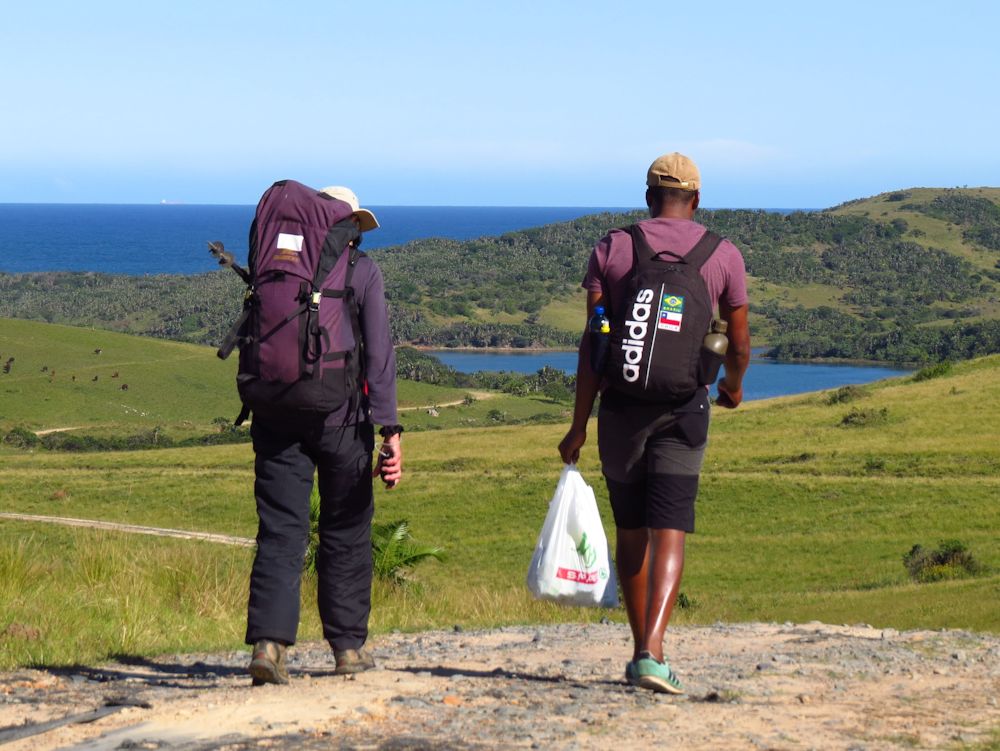











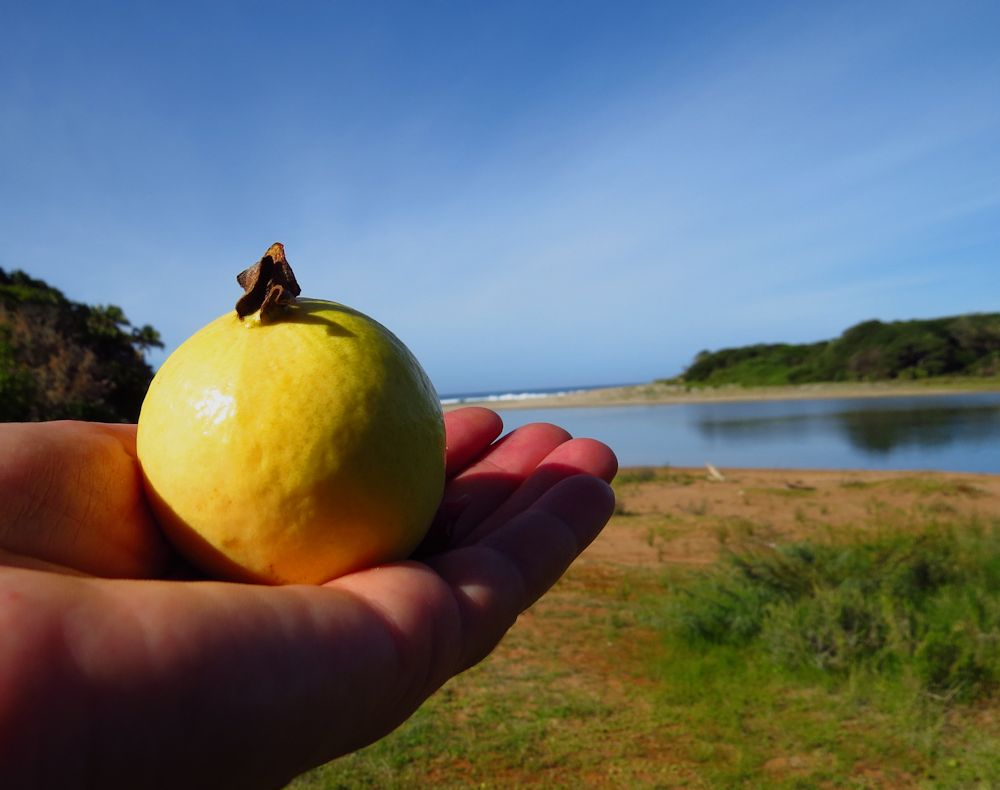





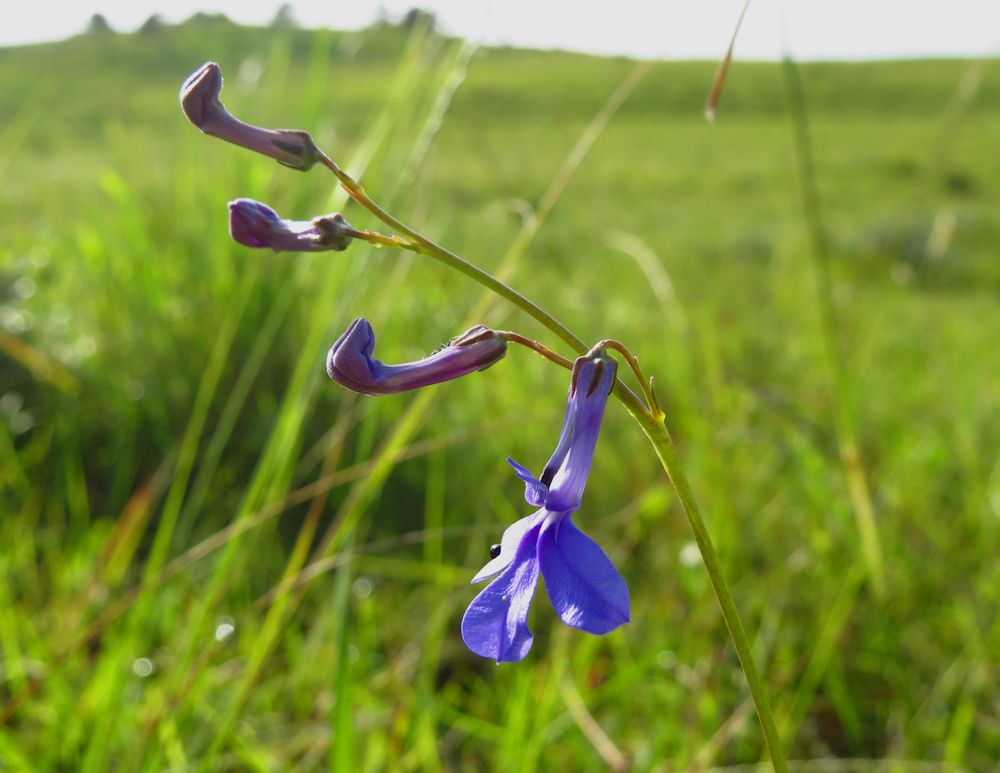





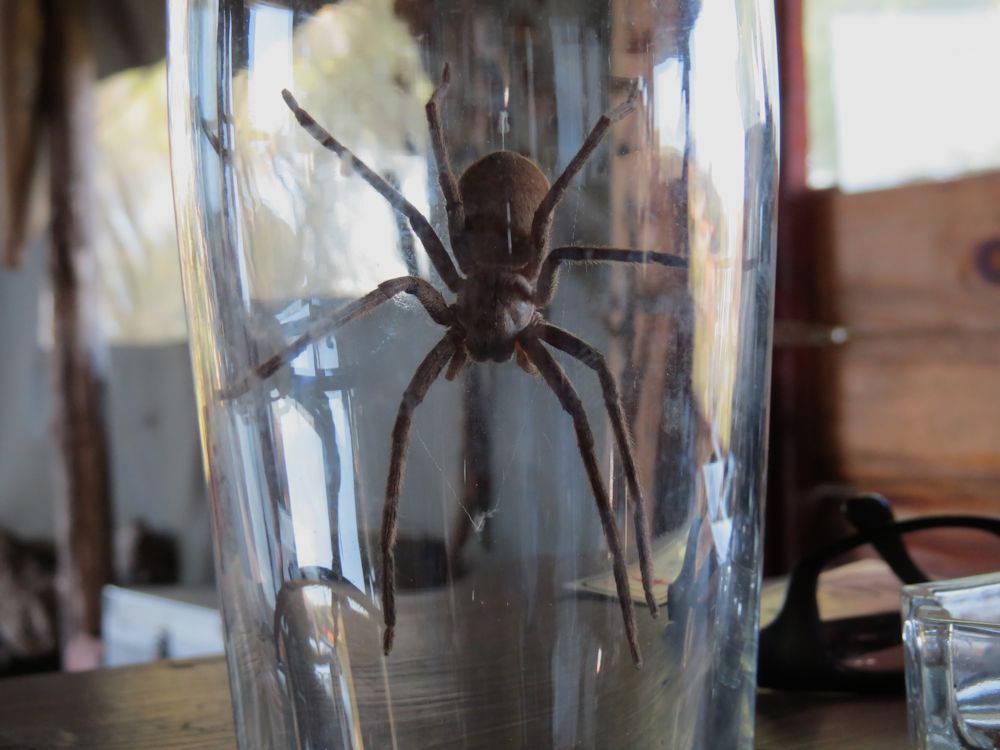


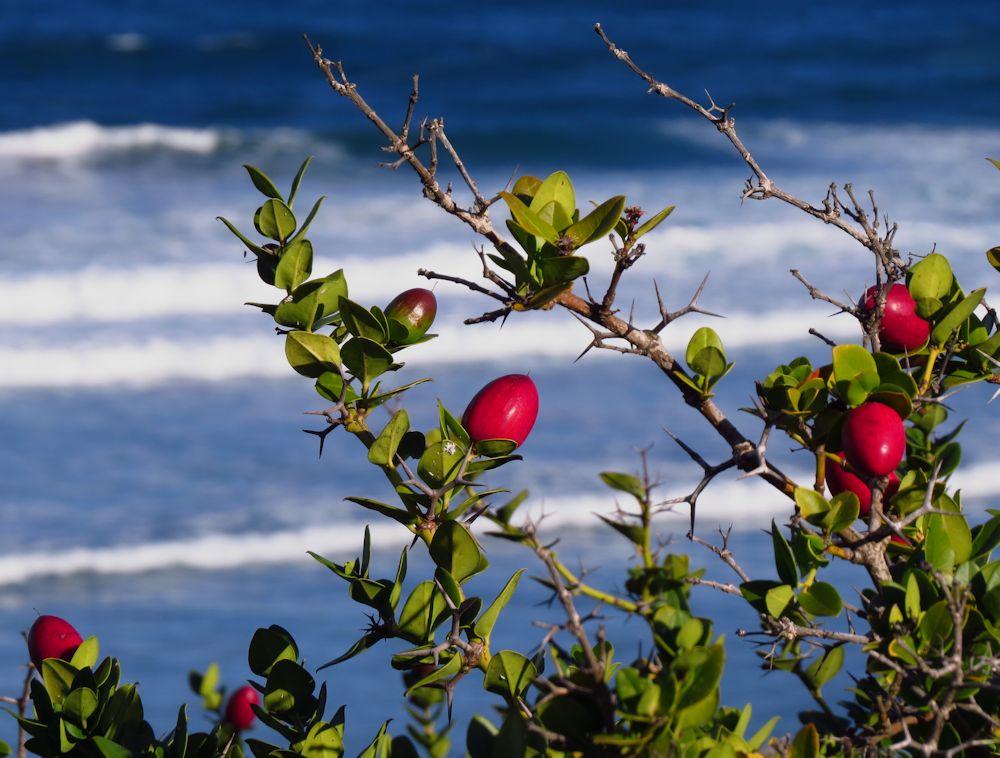
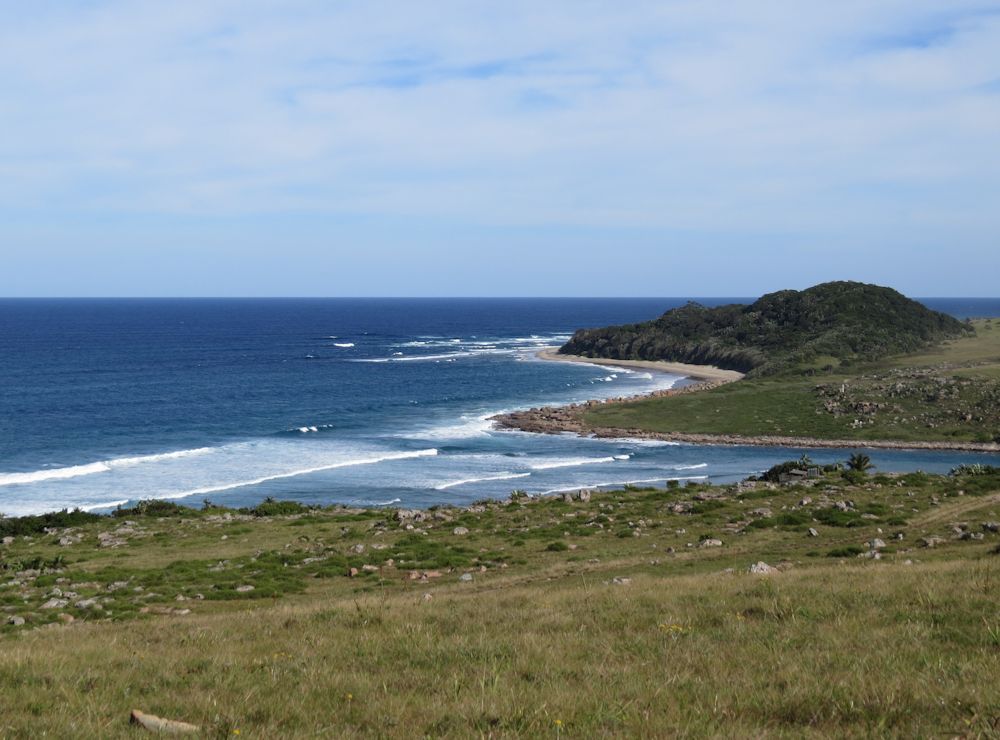





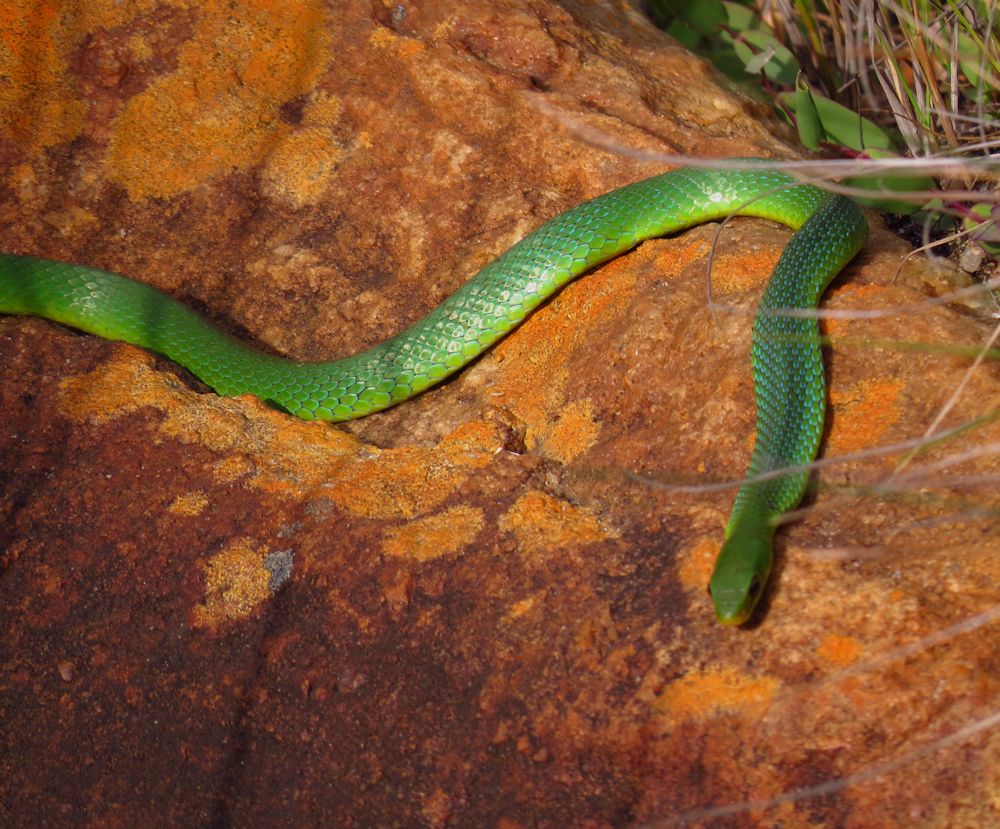




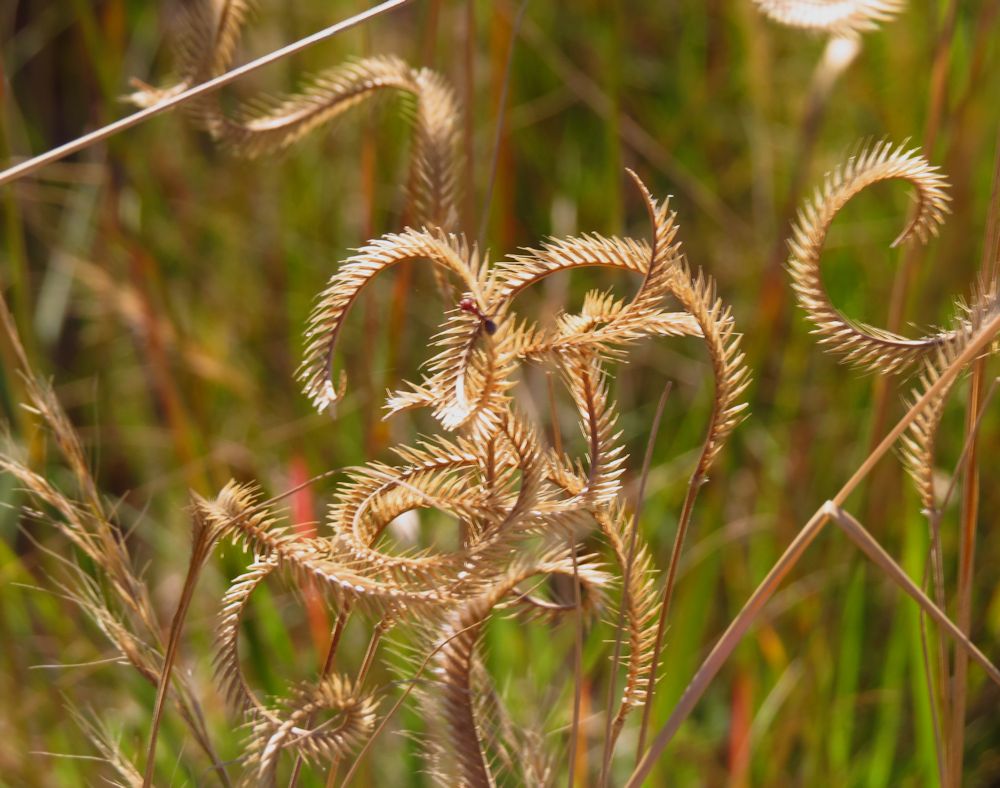
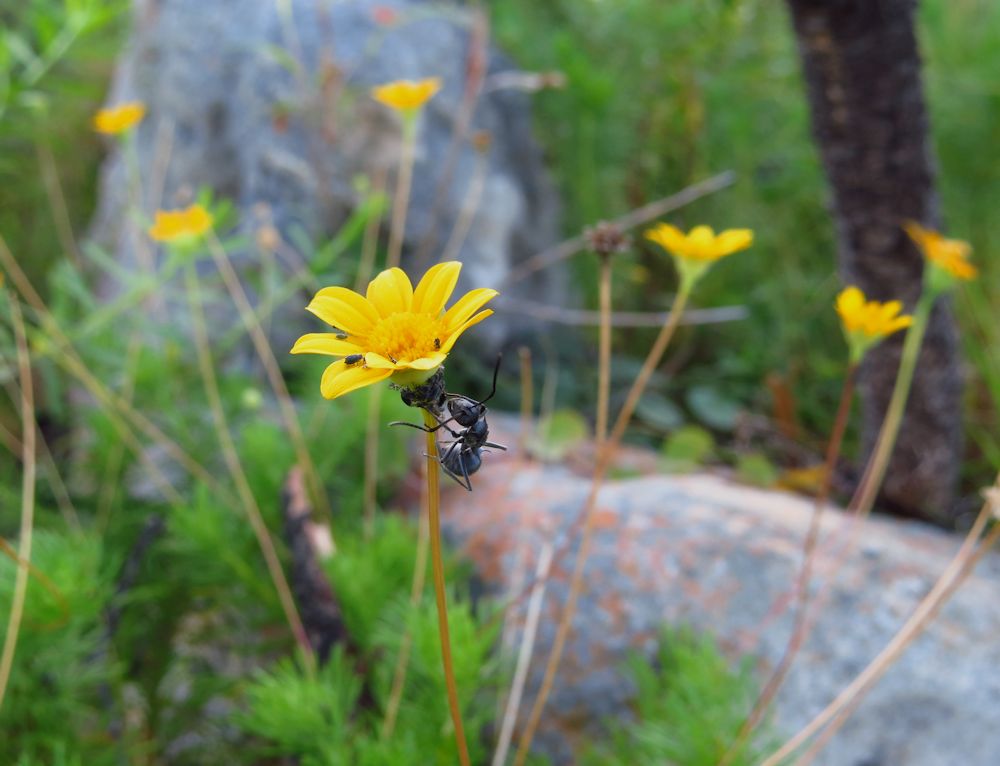

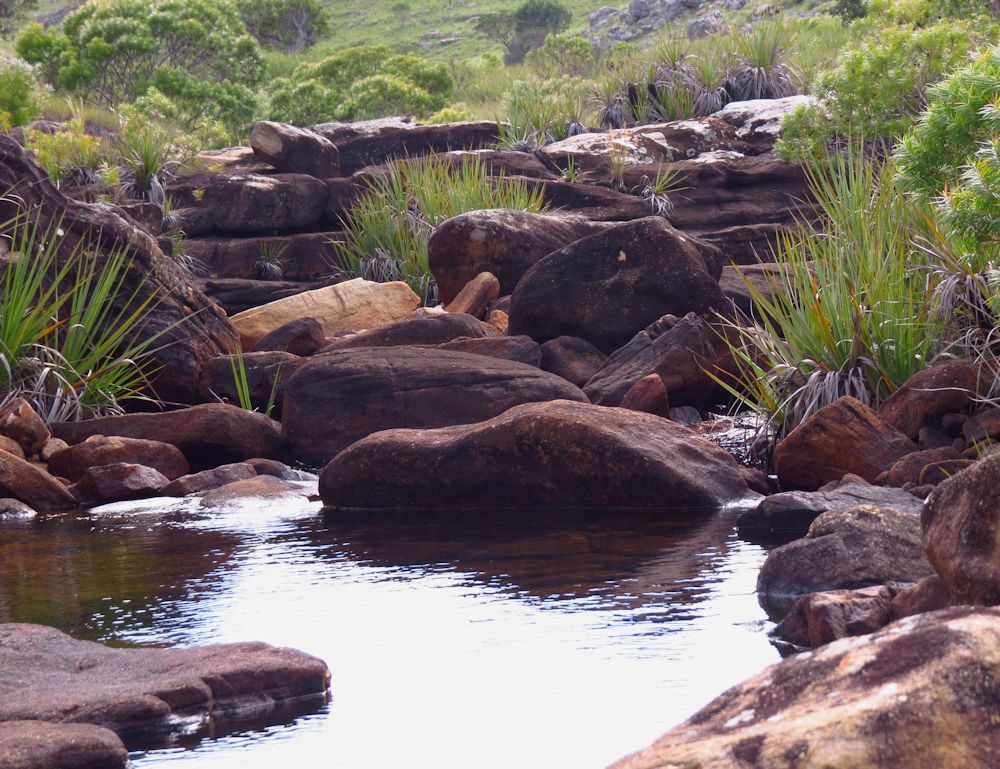
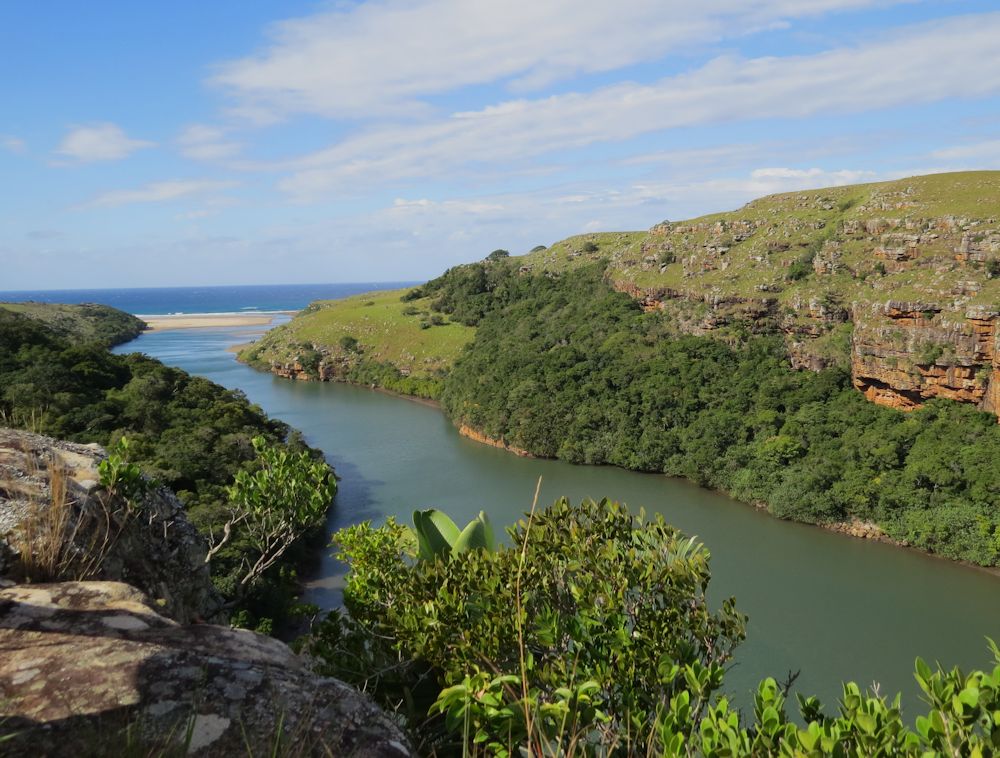
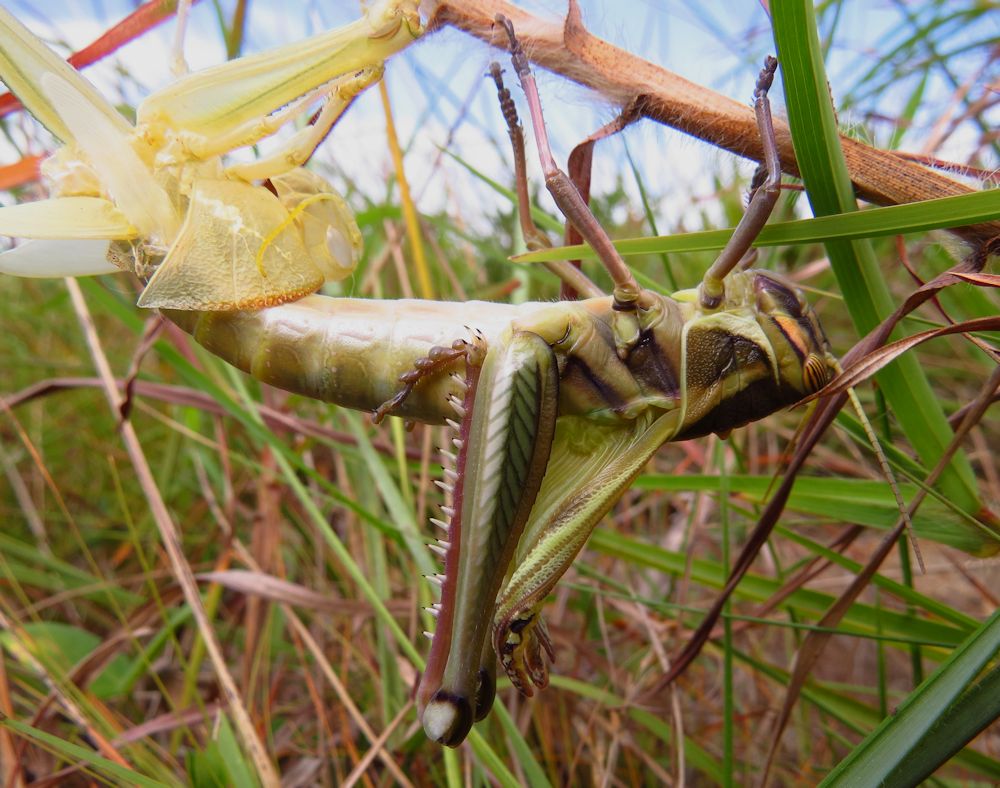





So wonderful to relive our adventure! The sadness is the greed for mining still casts a shadow. Simply stunning days to remind one of how life should be.
LikeLike
I know! I have just loved re reading this this morning. Still my best holiday ever. Contacted Vuyani and Sine to see what is possible this Atutumn! Will keep you posted my friend. X
LikeLiked by 1 person
Agreed! Fingers crossed! xxxx
LikeLiked by 1 person
Thank you for sharing 🙂 Just love this place and our recent visit was no exception to the rule of blessed adventure, healing and so much more! Beautiful pictures and i particularly love the one of dear Shenzi
LikeLike
Pleasure Jay! Certainly is a special place. So glad to hear Shenzi is still around. We simply have to stop that National road from ruining everything.
LikeLike
Awesome narrative on your wild Coast hike. Thanks for sharing Nikki.
LikeLike
So beautifully captured! Relived and re-enjoyed our wonderful adaventure! Thank you! Christeen
LikeLike
Its so close Bridget, perhaps I’ll just go back next month! The taxi driver did ask if we’d like to build a little cabin in one of the homesteads…..
LikeLike
ah utterly mesmerising! What photos and little magical details. Love the ‘andrew goldsworthy’ nature art creations… How could you come back after this micro-adventure?!
LikeLike